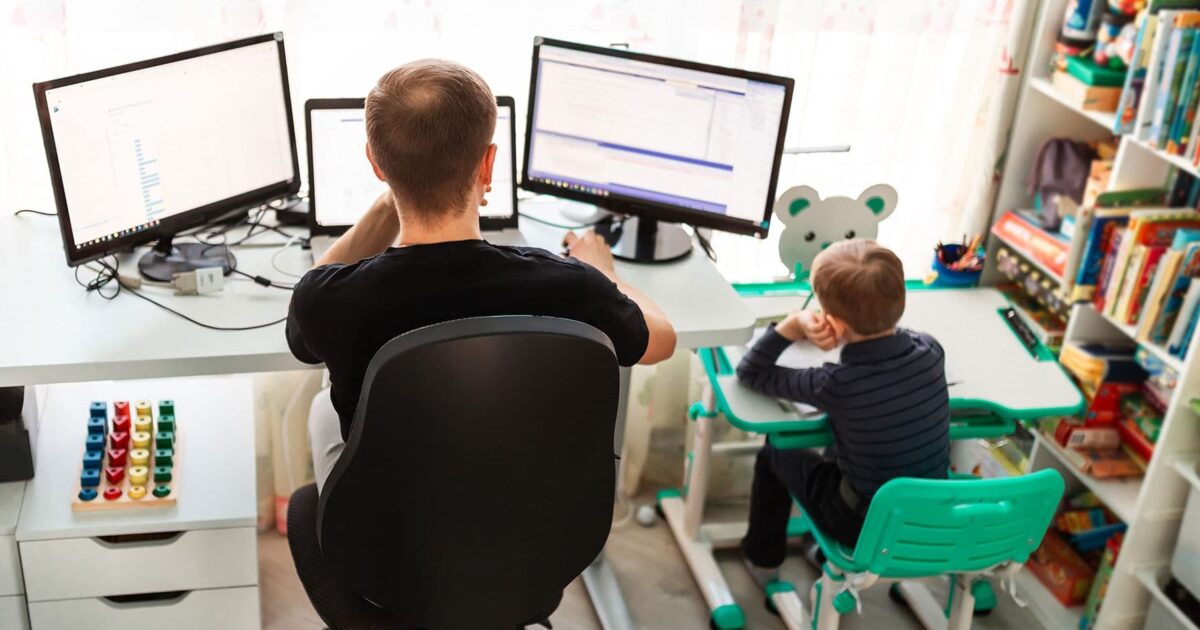
The Millennial-ization of the Workplace
It is apparent to even the most casual observer that the pandemic will result in permanent changes being made to the nature of work, especially in knowledge industries. Major employers in high-cost cities like Boston, New York, San Francisco, and Toronto have told their employees that they should not expect to have to go into a central office environment each day, even when pandemic restrictions have been fully lifted. To reinforce their commitment, employers are being supportive of employees who may have been office-dwellers prior to the pandemic but are now choosing to relocate to areas outside of commuting range of the office. Sometimes out of state, or even out of country, where spending regular time in the office could not be expected. As further indication, recently Jamie Dimon, CEO of JP Morgan (a prominent Wall Street financial institution), estimated they will require 40% less office space than what was needed pre-pandemic.
Several factors have led employers to get more comfortable with a permanent transition to remote work and for employees to embrace it.
As I think through these factors, it is all sounding familiar. Over the past decade, in any discussion of a multi-generational workforce, these attributes sound very much like those associated with the work preferences of the millennial generation. Common elements of such discussions include:
- Timely and regular recognition
- Work-life balance
- Flexible-working
- Technology-enabled
- Focus on output
- Preference of digital over verbal communications
All of these emerge as foundational fixtures of a successful remote working arrangement. In the future, we may have moved in this direction anyway. However, the pandemic served to accelerate and remove lingering resistance to this transition. Beginning in 2015, the Millennial generation (born between 1981 and 2000) represented that largest generational segment of the workforce at 35%. Six years later, we can only assume that it is greater now and they would likely have exercised their influence.
And so, as we begin to emerge from this pandemic period, our work environment will look much different than it was, even 12 months ago. The good news is that the largest segment of the employee population – the millennials – will be very happy with the changes.
